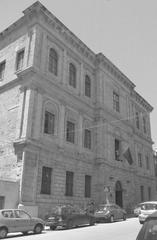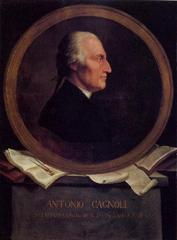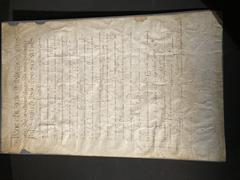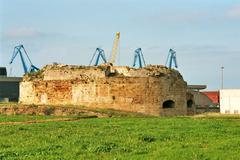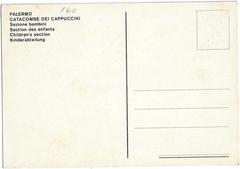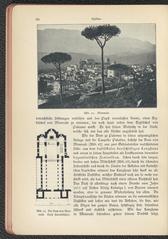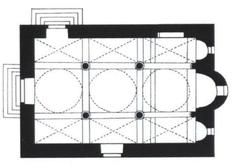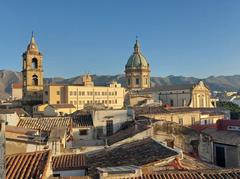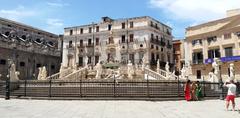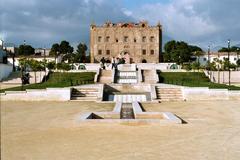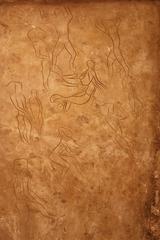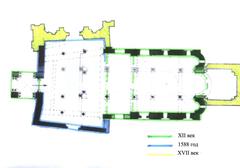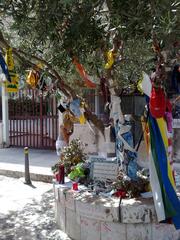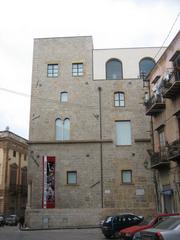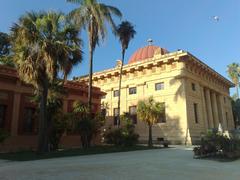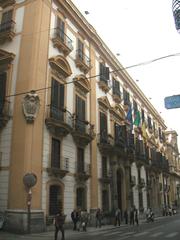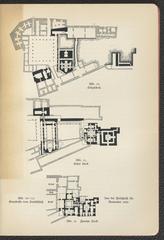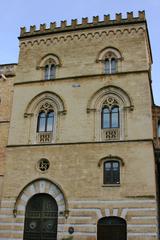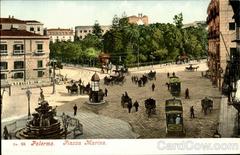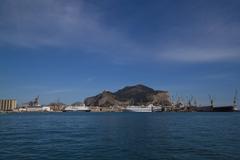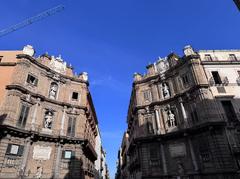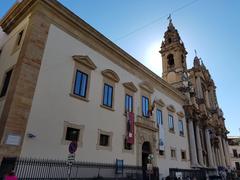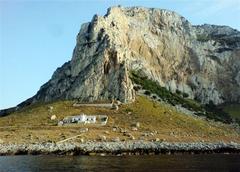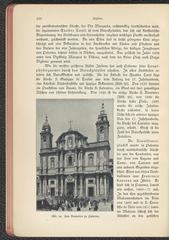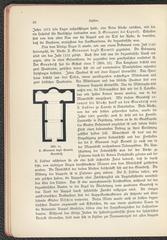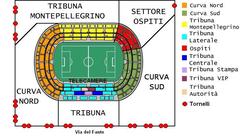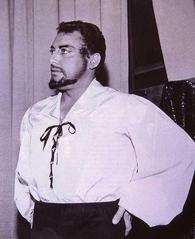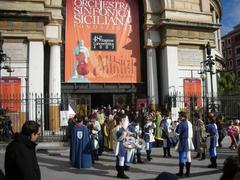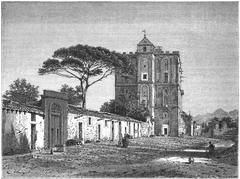
Museo Diocesano of Palermo: Visiting Hours, Tickets, and Historical Significance
Date: 04/07/2025
Introduction
Nestled in the historic heart of Palermo, the Museo Diocesano Palermo (MuDiPa) is a cornerstone of Sicily’s religious and artistic heritage. Housed in the 15th-century Archbishop’s Palace, directly opposite the iconic Palermo Cathedral, the museum offers visitors an immersive journey through over eight centuries of sacred art. Its collection, which spans from medieval icons to Baroque masterpieces, vividly narrates the island’s complex cultural and religious history. This guide provides detailed information about the museum’s origins, collection highlights, visiting hours, ticketing, accessibility, and practical tips for making the most of your visit (Museionline; WhichMuseum).
Table of Contents
- Introduction
- Origins and Foundation
- Architectural and Artistic Context
- Collection Highlights and Chronological Scope
- Historical Significance
- Visiting Information: Hours, Tickets, Accessibility
- The Museo Diocesano in Palermo’s Cultural Landscape
- Frequently Asked Questions (FAQs)
- Conclusion
- References
Origins and Foundation
The Museo Diocesano of Palermo was established in 1927 by Archbishop Alessandro Lualdi as a response to the urgent need to protect sacred art and ecclesiastical treasures from Palermo’s churches, especially those at risk due to renovations, demolition, or deconsecration (Museionline). The museum occupies the Palazzo Arcivescovile, a significant architectural landmark dating back to the 15th century. Notable features of the palace include its Gothic trifora (three-light window) and Catalan-Gothic portal. After extensive restoration and archaeological research, the museum was revitalized and reopened in 2003, reaffirming its mission to preserve and showcase the religious and artistic evolution of Palermo and Sicily (WhichMuseum).
Architectural and Artistic Context
The museum is spread over two primary floors of the Archbishop’s Palace and is expanding into the piano nobile (noble floor), which houses grand halls such as the Sala Rossa, Sala Azzurra, Alcova, and Sala Borremans. These rooms reflect shifts in artistic tastes, featuring Baroque frescoes—some by Guglielmo Borremans—and later 19th-century decorative schemes (Museionline). The palace’s architecture embodies Palermo’s unique blend of Gothic, Catalan, and Baroque styles and its location within the UNESCO-listed historic center places it at the heart of Palermo’s cultural landscape (World City Trail).
Collection Highlights and Chronological Scope
The Museo Diocesano’s collection takes visitors on a chronological tour of Sicilian religious art from the late 12th to the 19th century. Key works include:
- Panel of the Virgin Hodegetria (1171): An early icon and one of the oldest pieces in the collection.
- Mosaic with the Praying Madonna: An exquisite example of medieval Sicilian mosaic craftsmanship (Enjoy Sicilia).
- Baroque Frescoes by Borremans: Decorative cycles that exemplify the artistic flourish of 18th-century Palermo.
- Liturgical Objects: Including embroidered antependia in silk and coral, and precious reliquaries.
- Paintings and Sculptures: Works by celebrated artists such as Antonio Veneziano, Vito D’Anna, and Francesco Laurana.
- Architectural Fragments: Salvaged elements from churches damaged or lost over centuries.
The museum’s chronological layout, with clear bilingual signage, allows visitors to trace the evolution of Sicilian religious art and its multicultural influences (Museodiocesanopa).
Historical Significance
The Museo Diocesano is essential for understanding Palermo and Sicily’s religious, artistic, and social history. Palermo’s identity, shaped by Phoenician, Roman, Byzantine, Arab, Norman, and Spanish rulers, is reflected in the fusion of artistic styles found in the museum’s collections (Cultured Voyages). The Arab-Norman period, in particular, produced a unique blend of Byzantine iconography, Islamic motifs, and Western architectural forms. The museum also preserves artifacts rescued from churches damaged in World War II and during urban redevelopment, thus safeguarding Palermo’s spiritual and cultural legacy for future generations.
Visiting Information: Hours, Tickets, and Accessibility
Opening Hours
- Monday to Friday: 9:30 AM – 12:30 PM
- Closed: Weekends and public holidays (Il Genio di Palermo)
Ticket Prices
- Full price: €5.00
- Reduced price: €4.00 (students, seniors, groups; see official website for eligibility)
Tickets are available at the entrance. For group visits and guided tours, advance booking is strongly recommended.
Accessibility
The museum is largely accessible, with ramps and elevators for most exhibition spaces. Some areas in the historic building may have minor limitations. Visitors with specific accessibility needs should contact the museum in advance for assistance (Museodiocesanopa).
Visitor Services
- Guided Tours: Offered in Italian and English upon request.
- Educational Materials: Brochures, multimedia resources, and QR codes enrich the visitor experience.
- Facilities: Restrooms, cloakroom, and a gift shop.
- Photography: Allowed without flash, except in restricted areas. Professional photography requires prior authorization.
The Museo Diocesano in Palermo’s Cultural Landscape
Located at Via Matteo Bonello, 2, directly opposite Palermo Cathedral, the Museo Diocesano is within easy walking distance of other major sites such as Palazzo dei Normanni, Quattro Canti, and vibrant city markets. Its strategic location makes it an ideal starting point for exploring Palermo’s rich historical and cultural fabric (World City Trail).
Combine your museum visit with a stroll along Corso Vittorio Emanuele, or explore neighboring churches and the bustling Ballarò and Vucciria markets to deepen your experience of Palermo’s heritage.
Frequently Asked Questions (FAQs)
Q: What are the Museo Diocesano Palermo visiting hours?
A: Open Monday to Friday from 9:30 AM to 12:30 PM; closed weekends and public holidays.
Q: How much do tickets cost?
A: General admission is €5.00, with a reduced rate of €4.00 for students, seniors, and groups.
Q: Is the museum accessible for visitors with mobility challenges?
A: Most areas are accessible via ramps and elevators. Contact the museum for specific needs.
Q: Are guided tours available in English?
A: Yes, upon advance request.
Q: Can I take photos inside?
A: Non-flash photography for personal use is allowed; professional equipment requires prior permission.
Conclusion
The Museo Diocesano Palermo is a vital repository of sacred art, offering a unique lens through which to view Sicily’s spiritual and artistic evolution. Its extensive collection, set within the historic Archbishop’s Palace, provides deep insight into the city’s multicultural past. For the best experience, check the museum’s latest visiting hours and ticket information, consider booking a guided tour, and combine your visit with nearby landmarks to fully appreciate Palermo’s rich cultural heritage.
Download the Audiala app for audio guides, stay updated on special exhibitions, and follow the museum on social media for news and events. Plan your visit today and immerse yourself in the spiritual and artistic legacy of Palermo.
References
- Museo Diocesano Palermo: Visiting Hours, Tickets, and Palermo Historical Sites Guide, 2024, Museionline (Museionline)
- Museo Diocesano Palermo Visiting Hours, Tickets & Historical Collections Guide, 2024, Artsupp (Artsupp)
- Museo Diocesano Palermo Visiting Hours, Tickets, and Visitor Guide, 2024, Museo Diocesano Palermo Official Site (Museodiocesanopa)
- Museo Diocesano di Palermo: Visiting Hours, Tickets, and Cultural Highlights, 2024, Cultured Voyages (Cultured Voyages)
- World City Trail Palermo Guide, 2024 (World City Trail)
- Enjoy Sicilia: Museo Diocesano Palermo, 2024 (Enjoy Sicilia)








